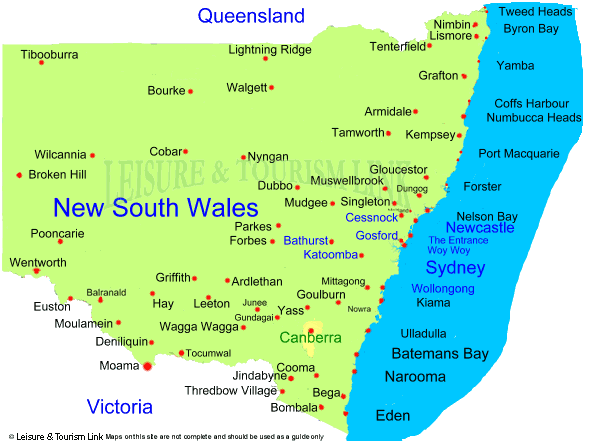DIVE SITES & DESTINATIONS OF NSW
Click the link below to read about a destination of choice:

NSW is fortunate to have both temperate and subtropical diving experiences. Generally, the temperate waters extend in range (for most species) from the Victorian border through to around the Port Stephens/ Broughton Island areas. For example, the Weedy Sea dragon. Others extend beyond the Qld border. Conversely, due to EAC (East Australian Current) many tropical species overlap with the temperate species with some extending as far south as the Victorian border. This provides for an exceptional variety of species of our coast line.
Importantly and perhaps surprising to many people, over 80% of all marine life found in the temperate marine waters of Australia, stretching around our southern coastline and partially up the West Australian coast, are found NOWHERE else on earth. Conversely, only around 10% of species found on the Great Barrier Reef are endemic!
The uniqueness of Australia's temperate waters therefore reinforces their need for protection. A single localised catastrophic event such as an oil spill, could lead to the extinction of one or more species. Especially as some species are found only in very small, isolated areas such as a single bay. A similar event on the Great Barrier Reef is unlikely to be so devastating to species biodiversity. Yet it is far better protected.
Only about 1% of our temperate marine waters are currently under some form of protection! For divers, these species, their colours and sheer numbers in variety, that literally rival the Great Barrier Reef for biodiversity, reinforce the special qualities of diving in these waters.
Northern NSW and indeed the whole east coast is blessed with the strong, warm waters of the East Australian Current. Popularised in Finding Nemo as the EAC. Likewise the West Australian coast is blessed with a similar current known as the Leeuwin Current. Diving in far northern NSW, you are likely to see tropical species almost entirely. The Solitary Islands are in many respects quite unique in their own right and are arguably some of the very best diving you will have in Australia.
The Nth Solitary Islands are predominantly tropical species with some southern temperate species mixed in. Only a small distance south, the South Solitary Islands are seemingly the opposite. The significance of the EAC and its warm summer waters, mean tropical species, especially juveniles are found much further south (beyond Sydney) almost year round. Indeed, the Manta Ray which prefer waters above the 24 degree mark have been sighted off the southern NSW coast as far south as Montague Island!
No matter what type of diving you like, whether it be muck, tropical, temperate, wreck, deep, cave or technical, the NSW coast line will meet your diving needs. The pages included on this site are only a general and limited guide to some of the major diving areas of NSW. We will gladly add any glaring omissions or sites of significance that you feel we have over looked. Additionally and perhaps most importantly, we have provided links in each of these sections to local dive shops of a particular area. (If you want your store mentioned/ linked just let us know and we'll add it). As a diver, diving in a new or unfamiliar area can mean diving sites at the wrong times or missing key features for want of directions. No one knows an area like a local, so the local dive shop at your destination is a vital resource and hence, we have provided links to these store here for your reference and use.
It would be foolish to attempt to try and provide information on all the dive sites. It would be a repetition of work done by others and I doubt I could do better. There are some amazing individuals in our dive community who have been developing some absolutely outstanding resources for divers to access free of charge, whether it is species identifications or dive site descriptions. Consequently, I will instead provide links to their websites. Two notable individuals are Michael McFadyen and Dave Harasti.
